Get PeakVisor App
Sign In
Search by GPS coordinates
- Latitude
- ° ' ''
- Longitude
- ° ' ''
- Units of Length

Yes
Cancel
Share ×

Scan the QR code and open PeakVisor on your phone
❤ Wishlist ×
Choose
Delete
Ferriere Valley Nature Reserve is one of the 9 nature reserves in the Campania region of southern Italy on the Amalfi Coast. The main feature of the reserve is its numerous water resources—mountain streams with rapids and waterfalls, which feed the vast valley and historically allow for some types of production, until they flow down into the Tyrrhenian Sea. The water also gives life to a variety of flora and fauna in a generally arid southern area. Today it is mostly a great place for hiking away from the crowded main trails of one of the most popular areas for tourism and outdoor activities in the whole of Italy. There are 5 named mountains in Riserva Naturale Valle delle Ferriere (in Italian). The highest and most prominent mountain is Monte Cervigliano (1,203 m / 3,946 ft).
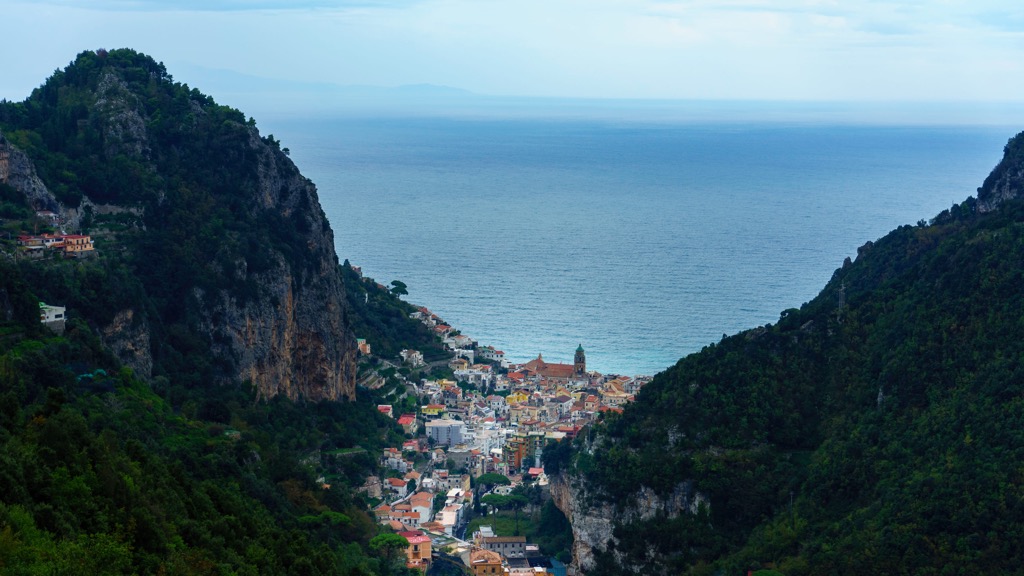
The name of the reserve translates as “The Valley of Ironworks” (ferro—iron in Italian) and refers to its main feature—the traditions of processing of iron. In particular, the valley has produced nails for ships, and other similar products. However, the iron was not mined here, it was brought from the island of Elba in the Tuscan Archipelago National Park west of the Tuscan coast, and other places. This was made possible by the numerous streams that originate in the mountains and flow into the sea.
In addition to the iron works, the valley is also famous for its mills, which produced paper also thanks to the power of water. The rapids on the streams provided mechanical power; and to generate heat the locals burned the wood that used to be abundant here. The remains of these structures can still be seen today on the trails when hiking in the reserve. There is also one old mill in the town, which hosts the Amalfi Paper Museum (Museo della Carta Amalfi), which you can visit to learn more about it and buy some paper products.
Ferriere Valley Nature Reserve is one of the 5 state nature reserves in the Campania region, indicating its national importance (four of the other nine are regional, i.e. a bit less important).
(Interestingly, in the province of Piacenza in Emilia-Romagna there is a commune with exactly the same name Ferriere.)
The reserve covers a huge and deep mountain valley, which is located exactly above the town of Amalfi between the provinces of Salerno and Naples on the namesake Amalfi Coast of the Sorrento Peninsula (don’t get them mixed up). To be precise, the reserve belongs to the village of Scala above the famous musical town of Ravello with its huge outdoor concert hall to the east above Amalfi.
It is also the interior natural area of the larger Lattari Mountains Nature Park (Parco regionalale dei Monti Lattari), covering the northern and central parts of the peninsula. In particular, the area of the reserve is 455 ha and that of the park is 16,000 ha, so it is about 1/35 of it.
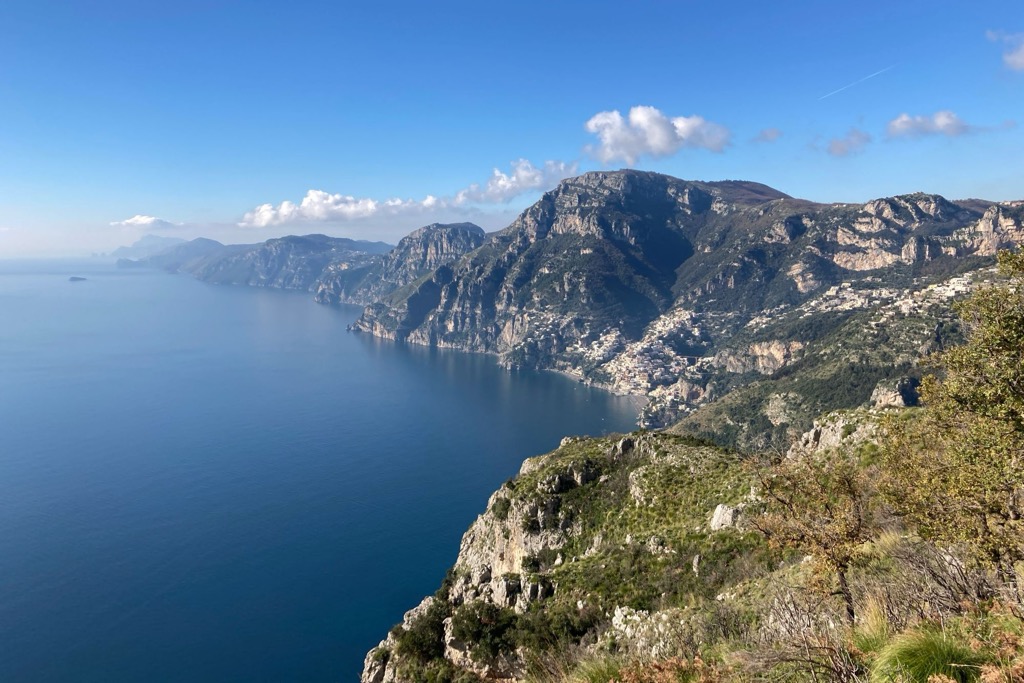
The protected area starts practically where the town of Amalfi ends. Considering it is a small town, the reserve is almost right on the coast. The easiest and fastest way to get to Amalfi is by car or bus of the local Sitasudtrasporti.it company from Salerno. They go every hour, even in winter, and from 7–8 am to 10 pm.
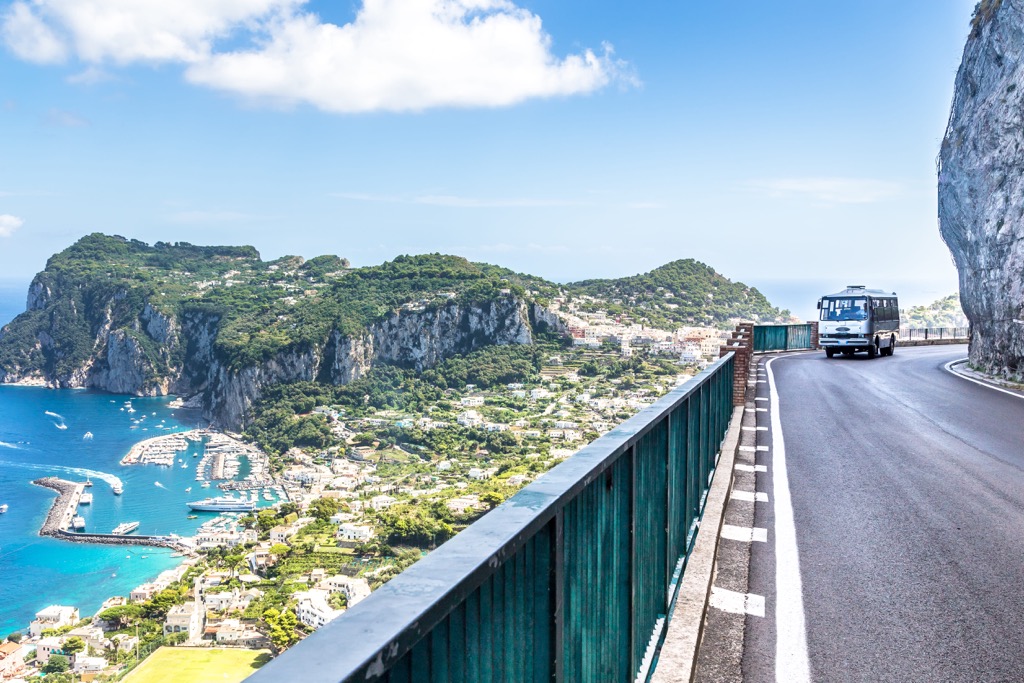
The Ferriere Valley Nature Reserve was created in an area with the richest flora and fauna in the entire Sorrento Peninsula.
The main feature of its flora, about which you should know for sure before hiking and which is easy to see on the trails, is the numerous specimens of woodwardia radicans, an arboreal fern dating back to the Cenozoic era.
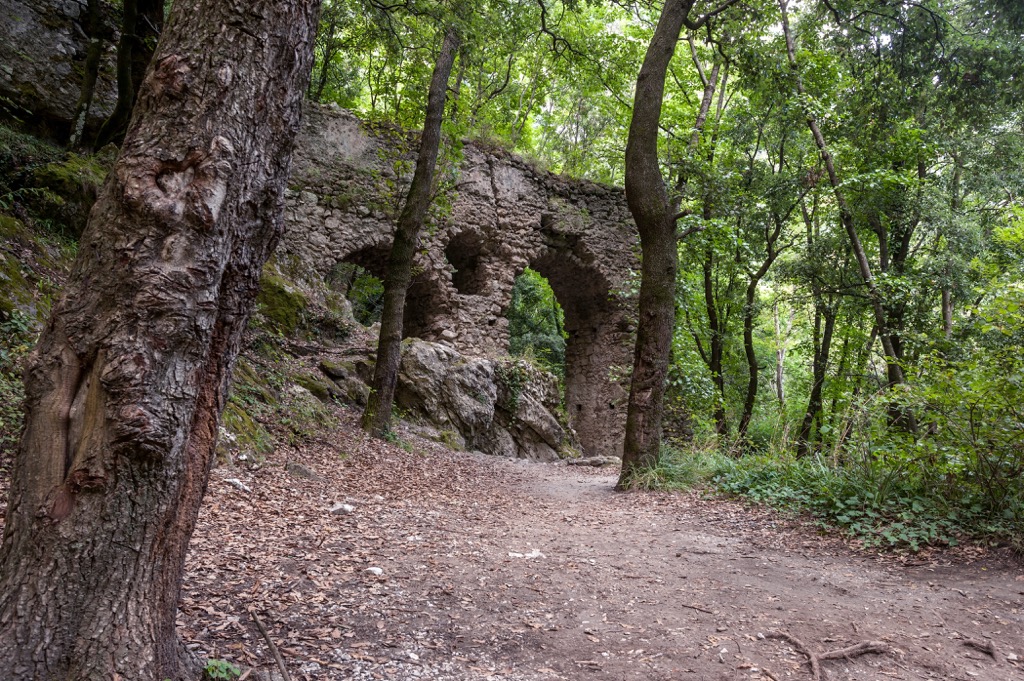
The main feature of the fauna, which is also quite easy to see in the streams of the valley (you just have to hike it a little and leisurely) is the spectacled salamander. This particular type of this animal is unique because it is found only in the south of the Apennines.
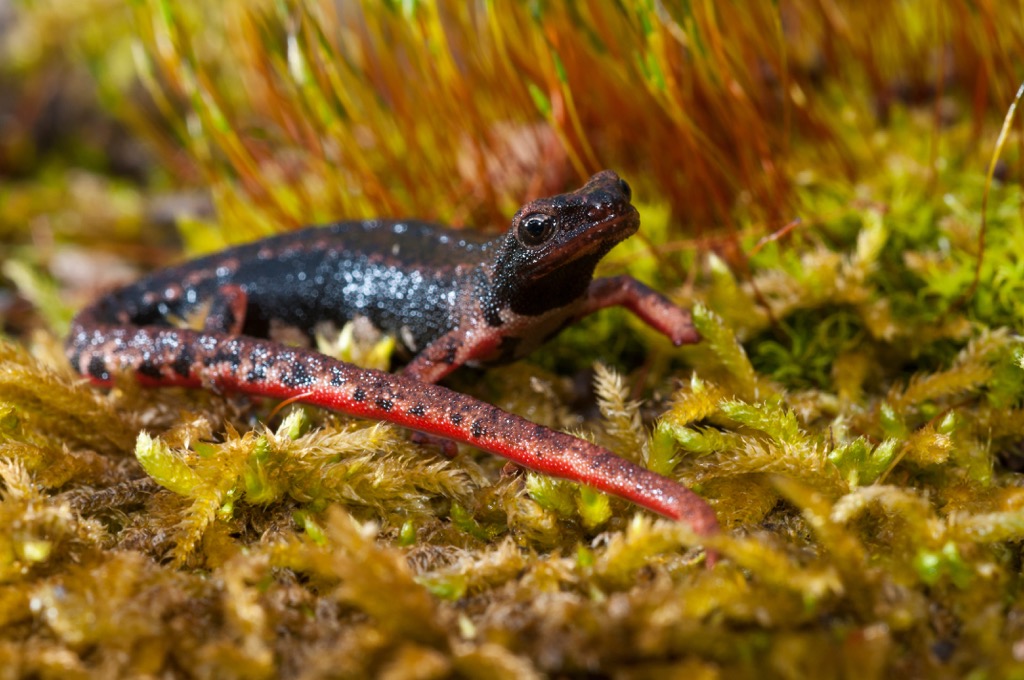
For other plants and animals of the nature reserve, see the guide to the Parco Regionale dei Monti Lattari.
There are 5 named mountains in Riserva Naturale Valle delle Ferriere, the highest of which is Monte Cervigliano (1,203 m / 3,946 ft). All of them are above the valley, bordering its perimeter in a west-east or vice versa direction, along with a dozen other neighboring mountains that are not included in the territory of the reserve. They are also part of a larger ridge leading to Monte Cerreto (1,313 m / 4,307 ft), the highest peak in the eastern part of Monti Lattari.
Deep in the valley is only one of the 5 named mountains, Punta D'Aglio (676 m / 2,217 ft), which is known as a cult place among local climbers, due to the fact that one of its slopes is a sheer rocky wall, ideal for this outdoor activity.
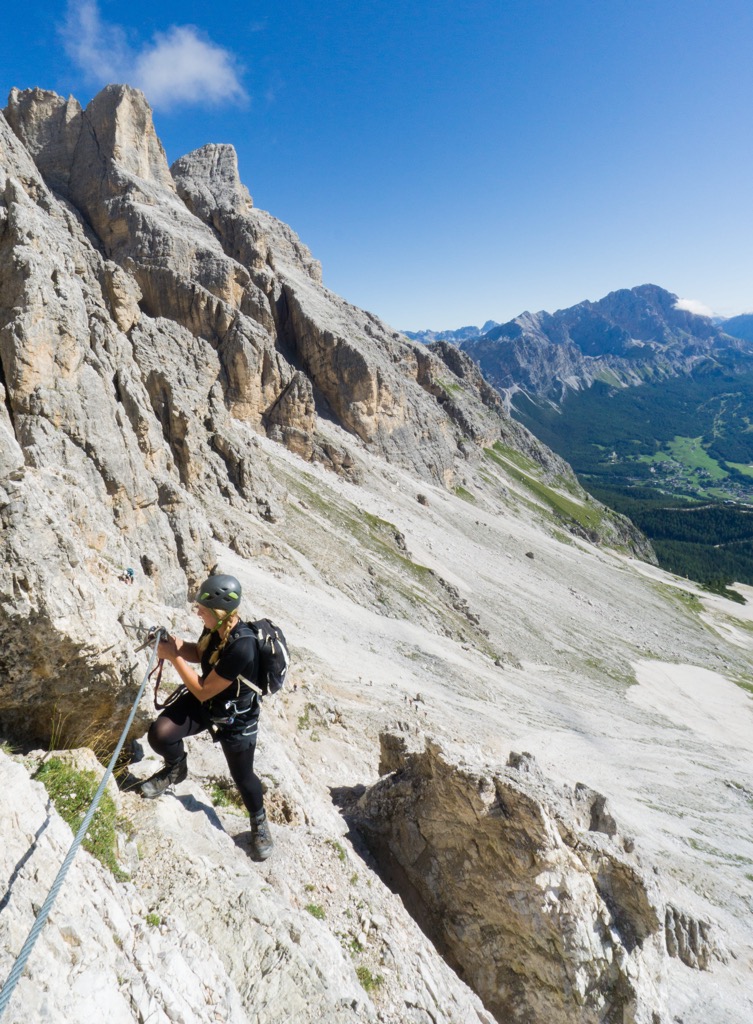
In the bigger picture the Lattari Mountains are part of the larger Campania Antiappennines (Antiappennino campano), which includes several other subranges and individual mountains such as Vesuvio. These, in turn, are part of the Antiappennines (Antiappennino) in the classification of this mountain system by the longitude (west to east) as opposed to latitude (north to south).
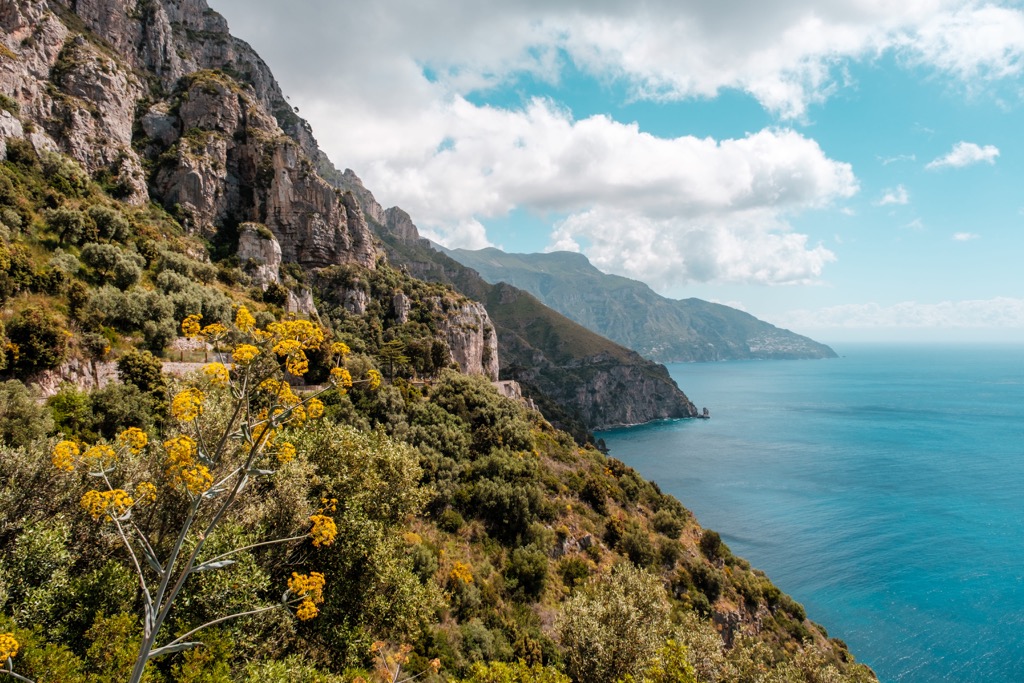
Because the reserve is relatively small, there are only a few hiking trails. However, they are enough for a hike of at least one full day or even two or three days, if you want to stay here for a while.
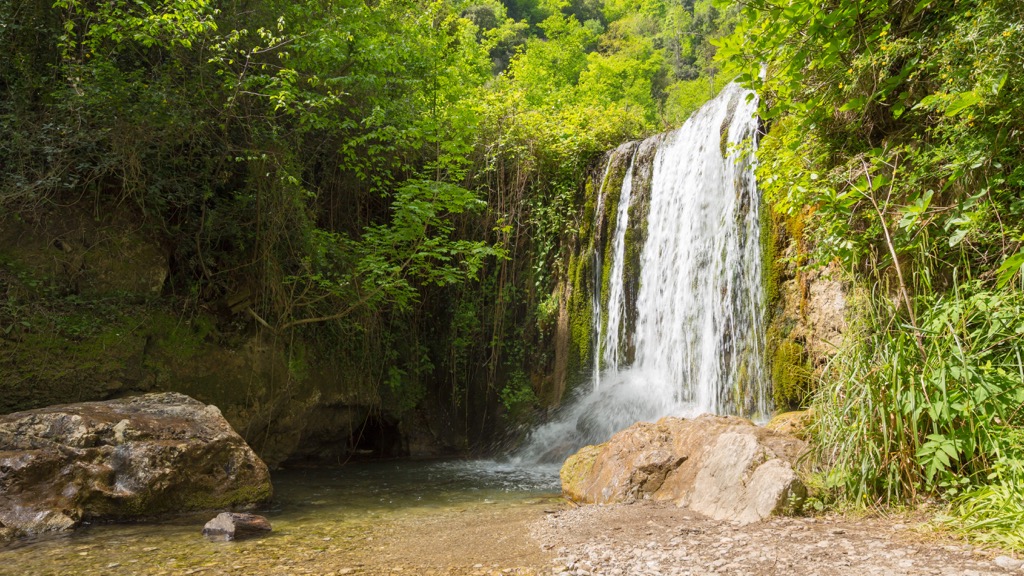
General hiking advice for the reserve: even on the very first easy trail, don’t forget that this is mountainous territory. Hiking up the valley involves constant climbing, which can be especially tiring in the summer heat. Compared to the sea, though, the forested mountains have many shady places in which you can hide, and streams in which you can bathe—it is not forbidden.
Before 2016, there was Laceno–Bagnoli Irpino ski resort near Naples but it has been temporarily closed since about 2016, so there are no ski resorts in the Campania region.
The main ski areas near Naples are now located in different regions. These are Campitello Matese with more than 20 km (12.4 mi) of slopes and more than 5 ski lifts in the province of Campobasso of the Molise region to the north of Naples and Monte Sirino with more than 5 km (3 mi) of slopes and more than 5 ski lifts in the province of Potenza in the Basilicata region to the south of the city.
Check the Italy ski resorts map in the World Mountain Lifts section of the site. It includes information about open ski lifts / slopes in Italy in real-time with opening dates and hours. There are also year-round cable cars, funiculars, cog railways, aerial tramways, and all other types of mountain lifts.
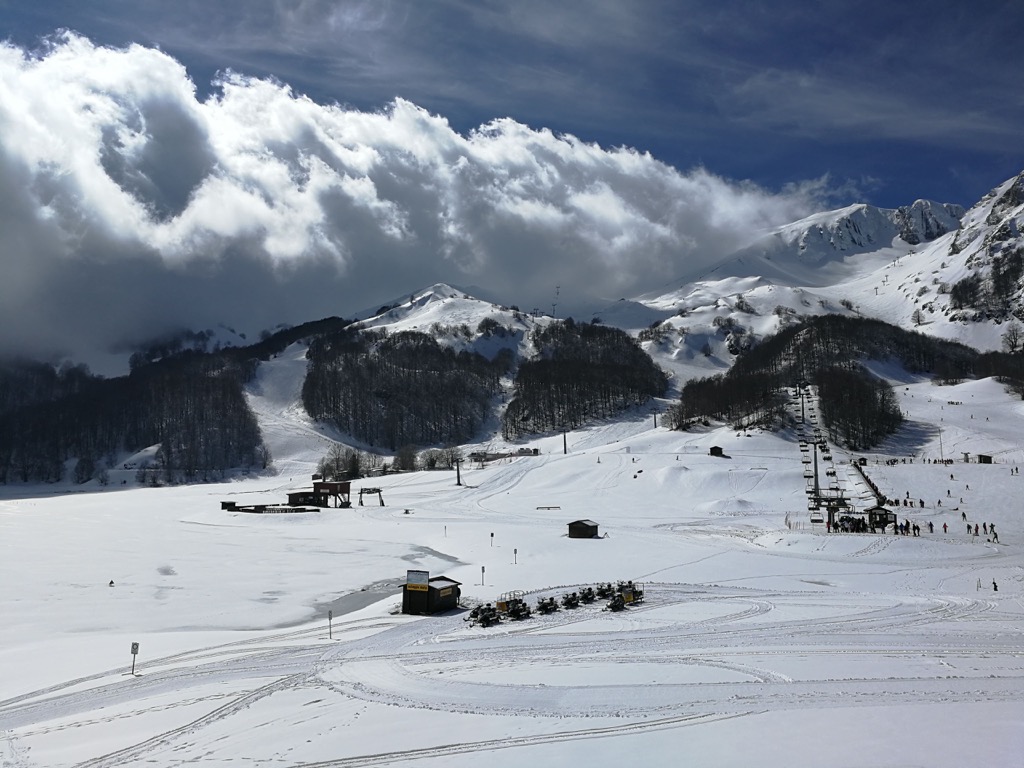
It looks like the Riserva Naturale Valle delle Ferriere has no official Visitor Center, and for the entire Monti Lattari park it is on the opposite end of the peninsula in Sorrento. However, on the trails you will find many signs and information boards with maps to help you find your way to—anything you want, and back. Also, you can always ask any Amalfi resident for assistance.
If you walk or take a bus to the village of Scala, to which the reserve belongs, you can visit its official tourist office for the same purposes:
Scala (Amalfi) Tourist Information
Piazza Municipio, 1, 84010, Scala (Sa), Campania, Italy
+39089857115
In case of emergency on the trail call 112 or 118 or +39331459777.
In the town of Amalfi you can easily find all kinds of accommodations from hostels and B&Bs to hotels and small villas.
In my experience, I can recommend the excellent Amalfi Luxury House in the center of the town. It is not easy to find as it is located in the labyrinths of the Old Town, reminiscent in some ways of the favelas of Rio de Janeiro, but it is a safe place—first, second—it has a beautiful view of the town. The staff at the hotel with just a few rooms, so it is more like a B&B, is very friendly; my girlfriend and I were even given a complimentary room upgrade at no extra charge in the absence of other tourists in December.
In the morning we had just a great breakfast, which you can make up your own choosing from a list of local products. Separately, I recommend getting the local lemon pie. The only thing (in winter) was that the hotel has no separate dining room—there is a terrace on the roof instead of it, which is even better. Still it was very cold in the morning. So don't hesitate to ask for breakfast in the room.
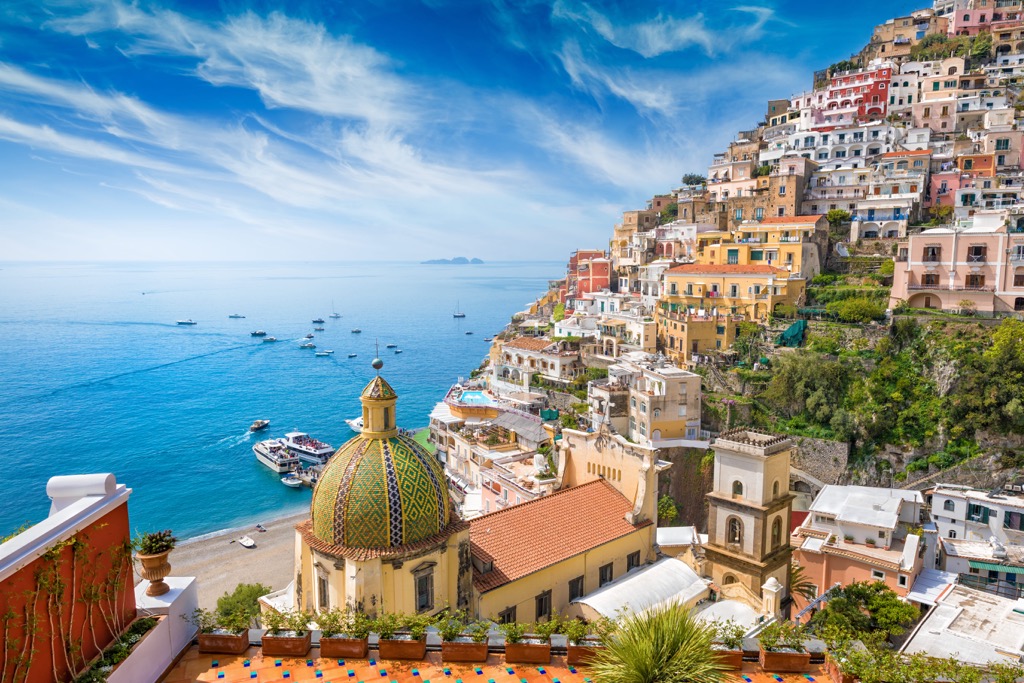
A side-step: considering there is no dinner in this and all other hotels, which don't have restaurants, you will also need a place to eat in the evenings. There are many of them in Amalfi, but we liked Antica Trattoria Barracca, where the owner himself invited us. It's a spacious but cozy place with glass walls (you feel like you're in an aquarium) where there are traditional dishes like pasta and pizza, as well as fish risotto and meat. We were lucky: it was open on a weekday evening in December. On the downside, there was no heating, so don't rush to unpack your evening dress and suit. The price level is not low, but average—7–8 euros for pizza, 12 euros for pasta, up to 20–25 euros for the rest.
The room itself was more like a small hall in a castle with ceilings higher than 3 m (10 ft). It also had air conditioning for heating, so it wasn’t cold in the old house.
In winter the room cost 80 euros a night for two, which is a good average price for this type of small hotel or very good B&B. In the summer, however, it costs about 150 euros. Saving on lodging with much more attention to you as a guest is another reason to travel off-season.
The main architectural and cultural attraction of Amalfi, which, among other things, makes it the main town on the entire coast and attracts tourists here, is the homonymous huge Amalfi Cathedral (Duomo di Amalfi), built in the 9–10th centuries, but which has found its final current appearance only in the 19th century after almost 100 years, because it was constantly modified and completed by its various owners.
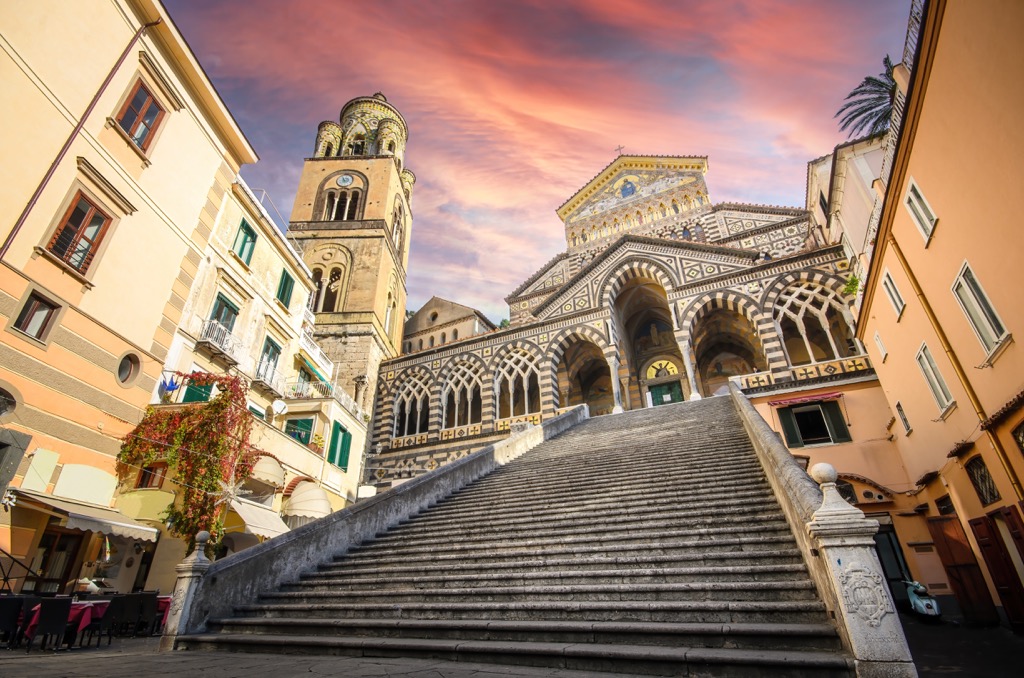
Other famous places of interest in the town include the Arsenal of the Maritime Republic (Arsenale della Repubblica Marinara), the Diocesan Art Museum of Amalfi in the Basilica of the Crucifix (Museo Diocesano di Amalfi nel Basilica del Crocifisso), Sant’Andrea and Cap’ ’e Ciuccio fountains (Fontana di Sant’Andrea, Fontana di Cap’ ’e Ciuccio), as well as three other watch towers.
There are also several historic cafes and restaurants on the city’s center and its small promenade, starting with the Gran Caffè, which has been open since 1936. I have not had time to visit it, but it looks like it will be open until the last tourist in Amalfi, whose flow will certainly never end.
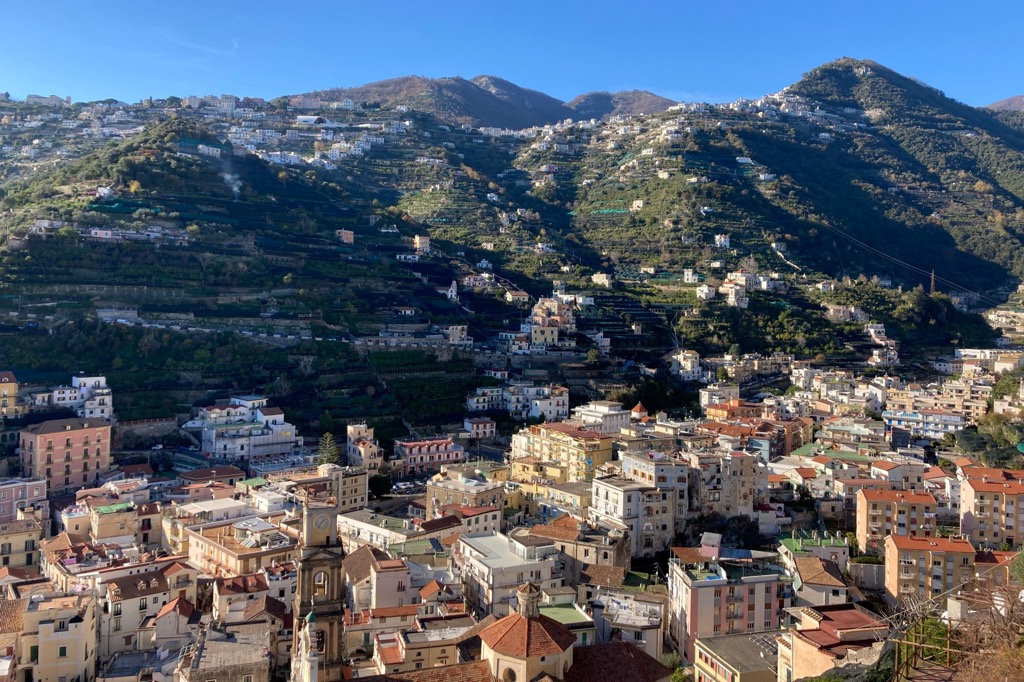
Explore Ferriere Valley Nature Reserve with the PeakVisor 3D Map and identify its summits.








